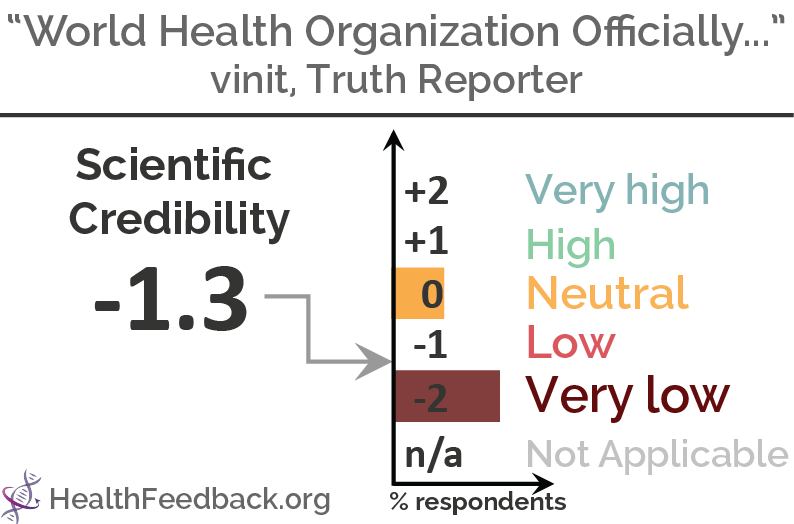From DANAHAY 47: contiguous English counties
GANGNES: Most of the novel takes place in Surrey and central London.
From HUGHES AND GEDULD 227: Berkshire is "a county of southern England bordered by Oxford and Buckingham (on the north), Gloucester (on the northwest), Hampshire (on the south), Surrey (on the southeast), and Wiltshire (on the west)."
From HUGHES AND GEDULD 234: Surrey is "a county of southern England bordered by Buckingham, Middlesex, and London (on the north), Berkshire (on the northwest), Kent (on the east), Hampshire (on the west), and Sussex (on the southwest). It is drained by the rivers Thames, Wey, and Mole."
From HUGHES AND GEDULD 231: Middlesex is "a major residential district that forms a sizeable part of London's metropolitan area. It borders Essex and London (on the east), Surrey (on the south), Hertford (on the north), and Buckingham (on the west)."


